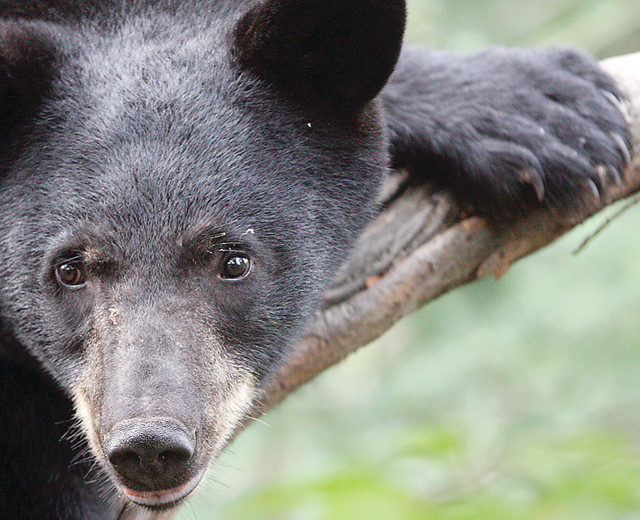Support the Timberjay by making a donation.
Mixed results expected as bear season begins
REGIONAL—Hunters are likely to find mixed results when they take to the woods beginning Tuesday for the 2015 black bear season. Hunter success is often determined by the availability of natural …
This item is available in full to subscribers.
Attention subscribers
To continue reading, you will need to either log in to your subscriber account, or purchase a new subscription.
If you are a current print subscriber, you can set up a free website account and connect your subscription to it by clicking here.
If you are a digital subscriber with an active, online-only subscription then you already have an account here. Just reset your password if you've not yet logged in to your account on this new site.
Otherwise, click here to view your options for subscribing.
Please log in to continue |
Mixed results expected as bear season begins
REGIONAL—Hunters are likely to find mixed results when they take to the woods beginning Tuesday for the 2015 black bear season. Hunter success is often determined by the availability of natural foods in the woods, and the abundance of traditional bear foods like berries, wild plums, and ant pupae are variable around the area, according to Tower Area Wildlife Manager Tom Rusch.
Rusch said bear nuisance reports are also up around the area, which generally indicates bears aren’t finding enough of their usual foods. Bears feed aggressively this time of year as they seek to build up fat stores ahead of their winter dormancy.
Overall, natural bear foods are highly variable across northern St. Louis County, according to longtime bear guide Dennis Udovich. In the Tower area, it’s been a good year for raspberries, and chokecherries have produced a bumper crop, at least locally. But Udovich said blueberries were poor in the areas north and west of Cook, where he maintains his bait stands for clients. But, he said, a bumper crop of dogwood berries could help fill that food gap for bears and he notes that highbush cranberries are ripening earlier than usual, and are already being actively fed upon by bears. It’s all adding up to a bit more unpredictability than most years, according to Udovich. “But some of the baits are being hit pretty good so I’m optimistic,” he added.
Overall, Rusch predicts the harvest could be up a bit over recent years. The DNR, which had issued 9,500 bear permits as recently as 2010, has sharply reduced bear permits since then in an effort to rebuild the bear numbers after several years of aggressive harvest cut the estimated bear population in half. Ten years ago, the DNR estimated the state’s bear population at between 25,000-30,000, far more than the current estimate of 12,000-15,000 bears statewide. Rusch said the DNR is currently managing the hunt to boost bear numbers, back up to the 20,000-range.
Rusch said lower harvests the past three years appear to have helped the population recover somewhat, at least locally. “For the first year in a while, we’re seeing more bear sign across the work area,” he said.
With only 3,700 permits available this year, the lowest number on record, hunter pressure should be relatively low, and that should bode well for hunters who do obtain a permit to have a high quality hunt. “With somewhat limited food, we will see good hunter success, that’s my prediction,” said Rusch. Typically, bear hunter success ranges from 20-40 percent, but Rusch thinks it may be on the higher end of that range this year.
Last year, hunters took 1,627 bears out of 3,750 permits issued, for a success rate of 43 percent.






